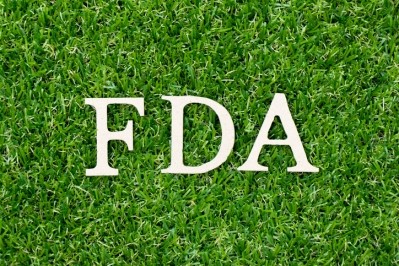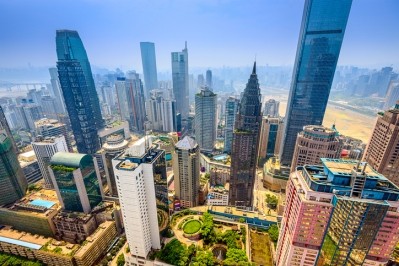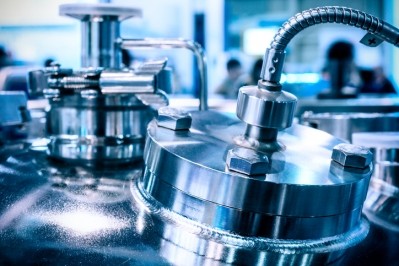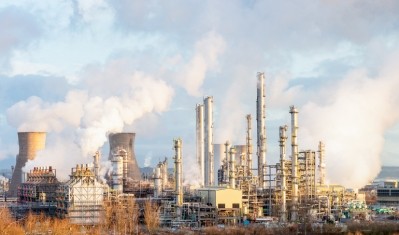Stable fishmeal prices forecast, alternative protein players could face choppy waters

Gorjan Nikolik, associate director, animal protein, food and agribusiness research and advisory, Rabobank, published an industry note this week saying novel protein producers may need to adopt new growth strategies given the predicted stability in fishmeal prices.
His report indicates fishmeal prices will stay between $1,200 (€1,099) and $1,700 ($1,557) per metric ton over the next five to six years.
At their peak, fishmeal prices, in the past few years, were reaching the $2,000 to $2,500 per metric ton price range.
“Our report is just a confirmation really of a softening trend we had been observing for a number of months.
“With one good season in Peru behind us and another good season on the way, we can say that fishmeal supply is good and prices have stabilized at a relatively lower level. If no new El Niño comes, an ever-present risk, this could be the new supply and price level for the next few years,” he told us.
Annual fishmeal production, on average, was 4.4 million tons between 2014 and 2016. Rabobank expects an increase in supply of fishmeal from now until 2019 of 500,000 tons per year.
Decisive years ahead for innovation
Moreover, if certain alternative protein projects come on stream in the next few years, the analysts anticipate a further 500,000 tons of high quality feed protein entering the market in 2022, bring total protein supply to 5.4m tons by that date.
“In the past few years, marked with scarcity of fishmeal and fish oil and high prices, lots of projects for alternative meals and oils have started worldwide.
“A few of these are at the factory construction stage, while others are only in the pre-profit start-up phase. However, the next few years will be decisive for such innovation and the investors backing these initiatives.
According to the Rabobank report, while the inclusion of marine based ingredients in aqua feed was at around 70% in the 1990s, it has currently decreased to 25%.
Trimmings are the key alternative source so far, but they face logistic issues and are limited in supply.
Processed animal proteins (PAPs) and animal by-products also face supply challenges and can lack minerals and amino acids, noted the analysts.
“Some novel protein producers will emerge and achieve scale that may, in the medium term, further erode prices or at least prevent prices from rising to what they had been. Others, though, will need to find niche markets for their products where pure price competition with fishmeal is avoided, or they will need to have investors with a long term view, as profitability may take longer to be achieved than previously expected with improving fishmeal supply,” he said.
Potential increase in tuna, bass and bream farming
However, the stability of fishmeal prices over the medium term could accelerate demand for that protein source:
“Security of supply over two to three years would encourage more widespread use of fishmeal.”
The softer prices might also encourage investment in high-end species fish farming, stimulating an increase in production of fish like tuna, sea bass and sea bream, which need a lot of fishmeal in their diets, a factor that has held back their farming up to now.
“Tuna is an example of a fish that has been impossible to farm as it uses a lot of fishmeal – some 60 to 70% of the diet - and has a poor feed conversion ratio, resulting in massive feed costs for the producer. If fishmeal prices go down, this kind of fish farming could become viable,” he said.
Such a development then, could perhaps, level out the playing field on prices between fishmeal and alternative feed proteins in the next five years or so, he added.
First movers to take the lead
Furthermore, he said, marketing will play a role in making novel proteins competitive in a low fishmeal price landscape: “The first movers will be able to charge a premium in the initial phase on the basis of their ingredient being marine resource neutral, and perhaps, also, due to value added components.”
As a result of observations and conversation with industry, he singled out three alternative feed protein and lipid platforms that have been attracting the most capital and that Rabobank believes have the most potential to scale up. They include microbial derived protein suppliers such as Calysta, Unibio, KnipBio, and Mango Materials, insect protein and lipid producers like Protix and AgriProtein and, finally, suppliers of algae derived replacements for essential fatty acids like DHA and EPA such as the Terravia and Bunge tie-up, or the DSM and Evonik project.
“We have reviewed dozens of business plans for alternative proteins. Vital for us – our first line of analysis – is the sophistication of the investors involved, and whether they have realistic assumptions about the industry. Having market knowledge and access to capital gives a project the edge.
“Calysta has just received backing from Asian investors, a factor that will be critical for its market entry in that part of the world. It already is linked to Cargill so that should give it access to Europe and North America.”
Plentiful substrate supply will be the make or break factor for insect production in terms of meaningful scale-up, he said. “What I find interesting about insect protein and lipid production, though, is the in-built flexibility. While most are still scaling up in terms of targeting the livestock and aquaculture sectors, they, potentially, can look for markets in human consumption, in pet food, or can target the piglet and chick sectors with live grubs – essentially insect producers can find niche segments that may pay a higher price.”
Sustainable model, nutritional needs
Innovation is critical though, he argues, for the future of the farmed fish industry. “The sector needs high quality protein and many current plant based fishmeal substitutes contain anti-nutritional factors, or have unbalanced amino acid profiles or fibers, so are hard to work with.
“Too high a reliance on fishmeal and fish oil in rations is not ideal for a producer’s fish in fish out ratio, while too much soybean meal can cause health problems, and the preferred soy protein concentrate option is costly.
“So, therefore, the more options we have to choose from in terms of protein supply, in terms of making aquaculture more sustainable in the long term, the better. But it will be the market that decides which substitutes are the best fit.”
Fish feed categories
The aquaculture sector, according to Rabobank data, requires around 40 million tons of feed on an annually basis currently, which is a drop in the ocean compared to feed usage in other sectors. The global pig industry uses 12 times as much – some 500m tons per year.
Aqua feed can be broken down into premium, medium and low price feed categories, said the analysts.
Some 10 million tons of high quality feed rations in total are needed for the carnivorous species like salmon, bass, bream and shrimp per year, while another 10m tons of medium quality feed goes towards global production of species like pangasius and tilapia. The remainder - 20m tons – typically, on the lower end of the quality scale, is sold to farmers of fish species such as carp, among others.
















